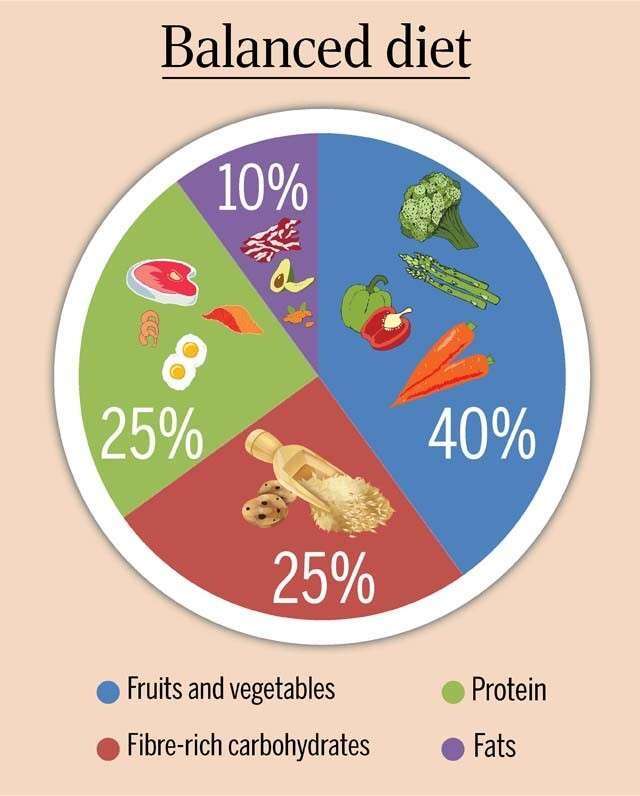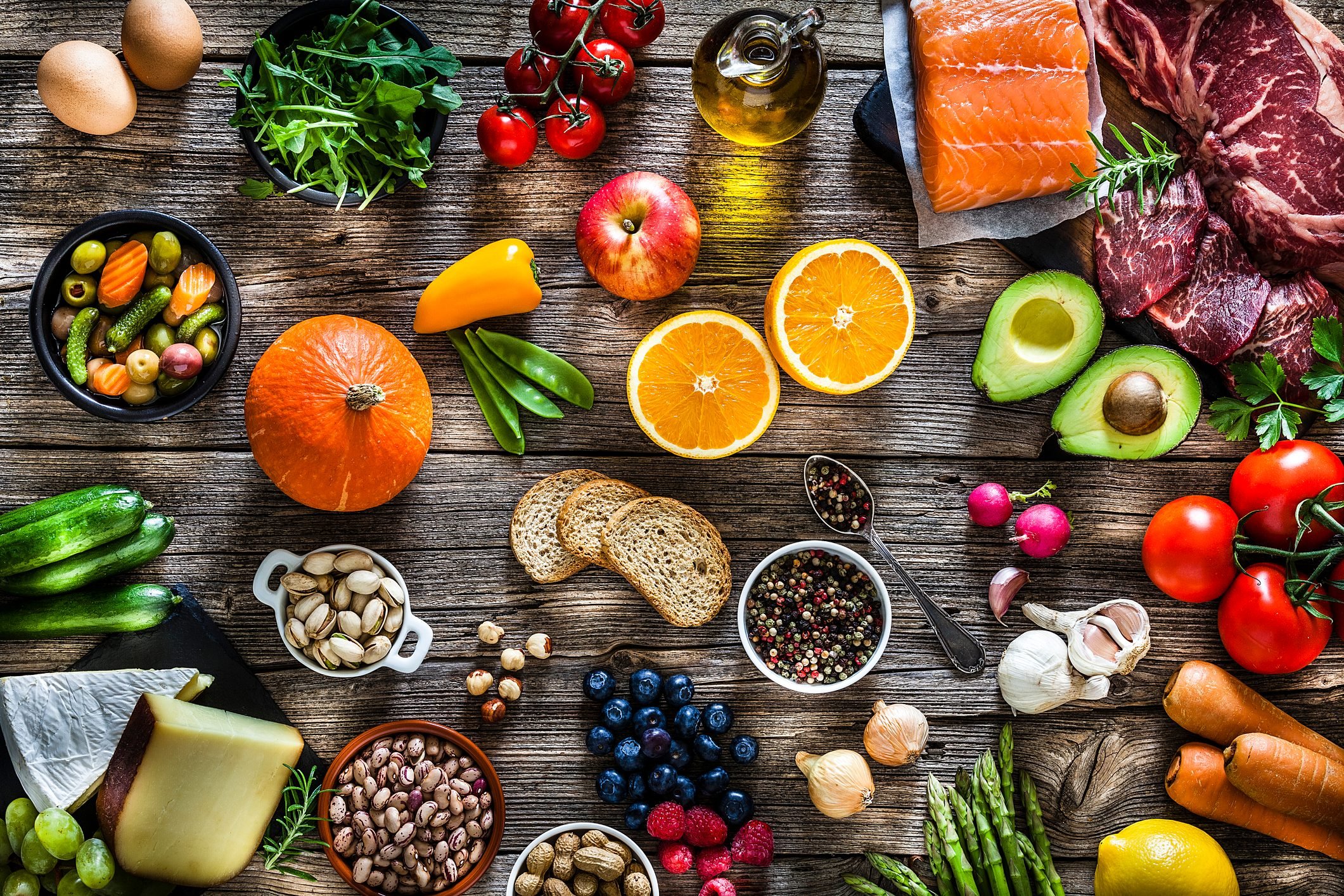A balanced diet is essential for overall health and well-being. It provides the necessary nutrients to support bodily functions, maintain energy levels, and prevent deficiencies. A balanced diet gives your body the nutrients it needs to function correctly. To get the nutrition you need. Here are some guidelines for creating a balanced meal plan:
- Vegetables: Aim to fill about half your plate with a variety of colorful vegetables. Include cruciferous veggies like broccoli and leafy greens, as well as peppers and other colorful options.
- Fruits: Opt for fresh fruits whenever possible. Berries, grapes, apples, and grapefruits are excellent choices.
- Whole Grains: Incorporate whole grains like brown rice, oats, and 100% whole grain breads. These provide additional fiber and essential nutrients.
- Lean Proteins: Include grilled chicken, ground turkey, and white fish. These proteins are high in protein and relatively low in fat.
- Healthy Fats: Fatty fish (such as salmon and tuna) and nuts (like walnuts) provide essential omega-3 fatty acids.
Remember that individual nutrition needs vary based on factors like gender, height, weight, activity level, and taste preferences. When planning your meals, consider your hunger levels and energy needs. A daily menu should include approximately 100 to 250 calories per snack and 300 to 600 calories per meal.
ABOUT CALORIES
The number of calories in a food refers to the amount of energy stored in that food. Your body uses calories from food for walking, thinking, breathing, and other important functions.
The average person needs about 2,000 calories every day to maintain their weight, but the amount will depend on their age, sex, and physical activity level.
Males tend to need more calories than females, and people who exercise need more calories than people who don’t.
Current guidelines Trusted Source list the following calorie intakes for males and females of different ages:
| Person | Calorie requirements |
| Sedentary children: 2–8 years | 1,000–1,400 |
| Active children: 2–8 years | 1,000–2,000 |
| Females: 9–13 years | 1,400–2,200 |
| Males: 9–13 years | 1,600–2,600 |
| Active females: 14–30 years | 2,400 |
| Sedentary females: 14–30 years | 1,800–2,000 |
| Active males: 14–30 years | 2,800–3,200 |
| Sedentary males: 14–30 years | 2,000–2,600 |
| Active people: 30 years and over | 2,000–3,000 |
| Sedentary people: 30 years and over | 1,600–2,400 |
The source of your daily calories is also important. Foods that provide mainly calories and very little nutrition are known as “empty calories.”
Examples of foods that provide empty calories include:
- cakes, cookies, and donuts
- processed meats
- energy drinks and sodas
- fruit drinks with added sugar
- ice cream
- chips and fries
- pizza
- sodas

However, it’s not only the type of food but the ingredients that make it nutritious.
A homemade pizza with a wholemeal base and plenty of fresh veggies on top may be a healthy choice. In contrast, premade pizzas and other highly procecessed foods often contain empty calories.
To maintain good health, limit your consumption of empty calories and instead try to get your calories from foods that are rich in other nutrients.


